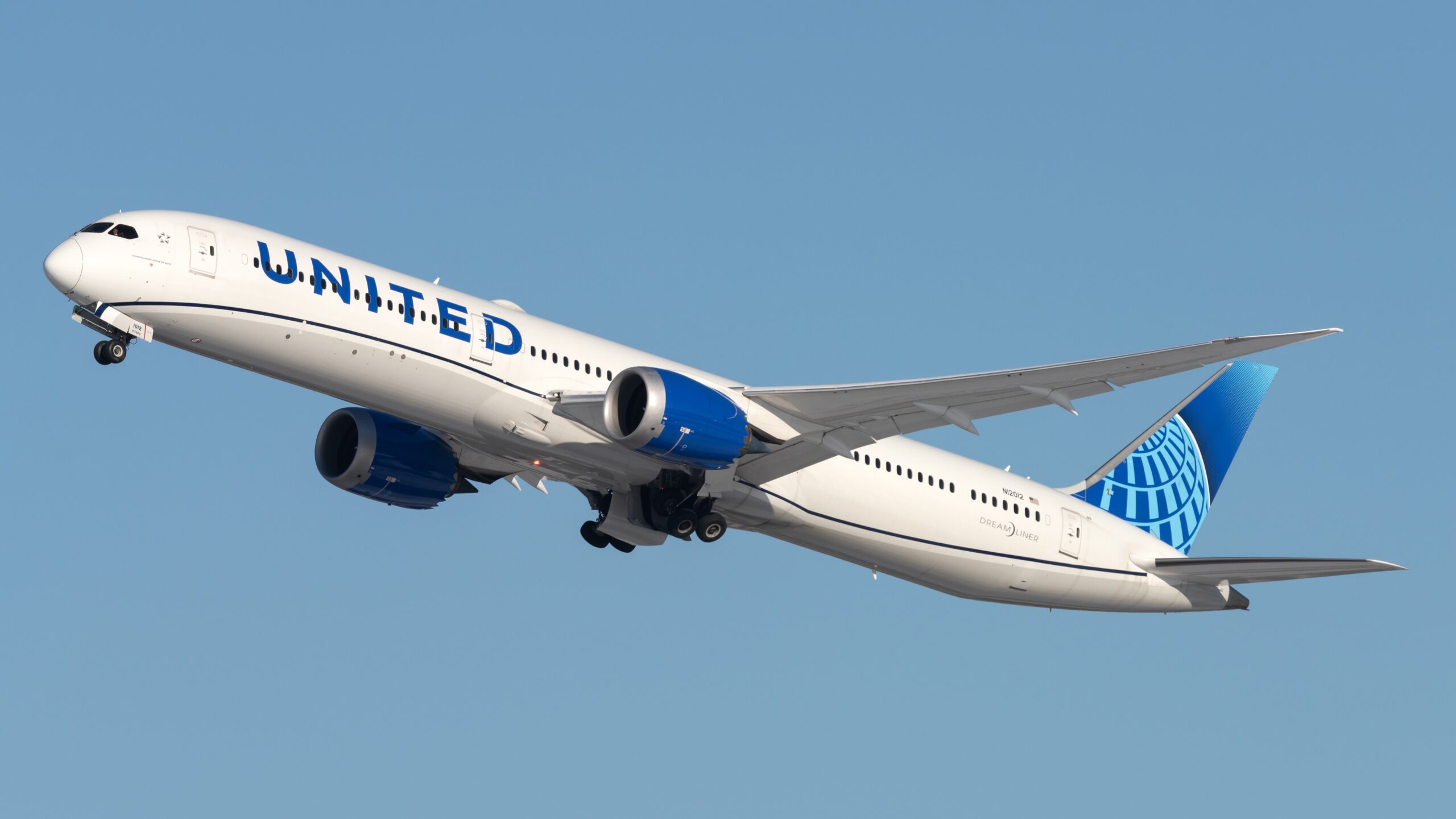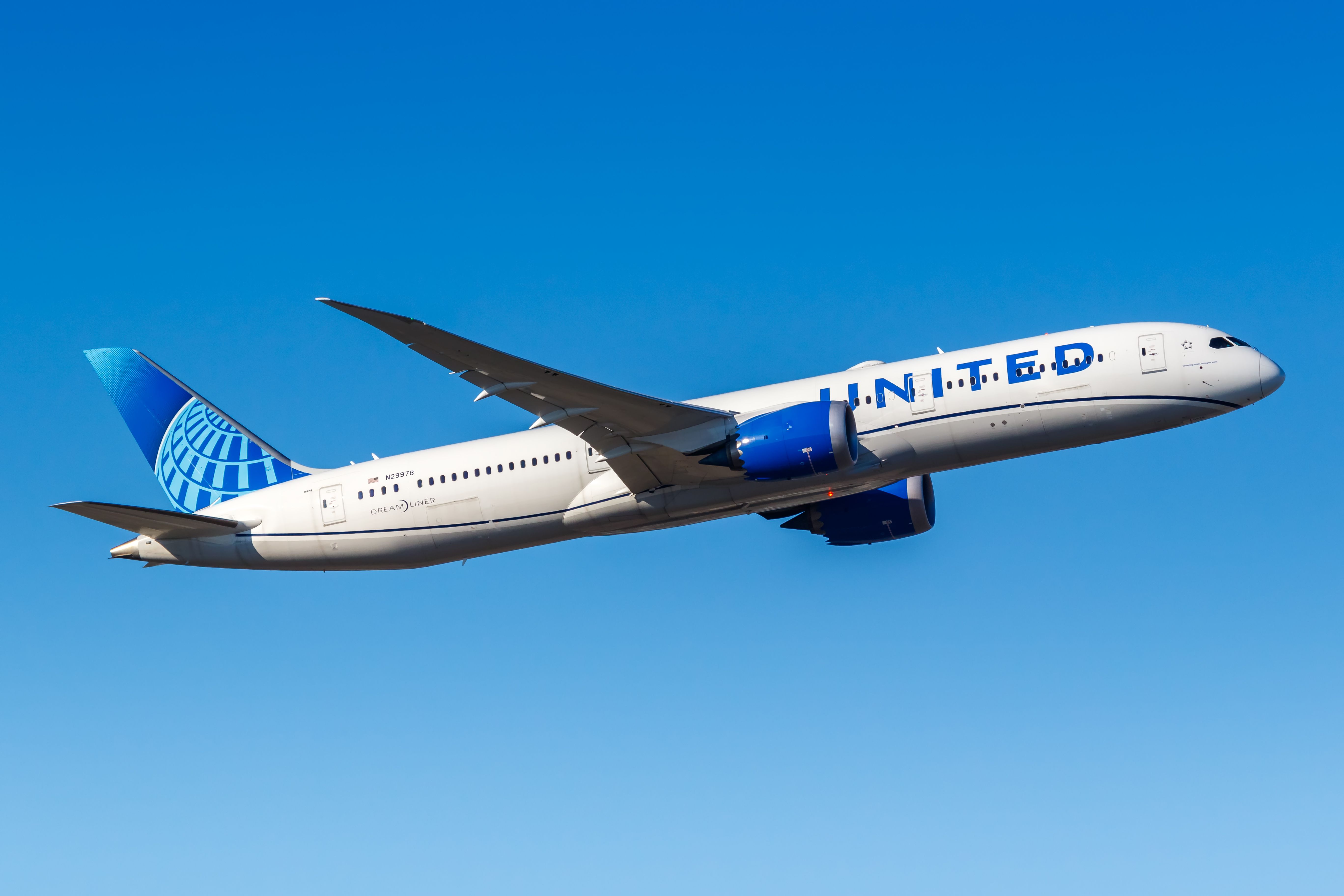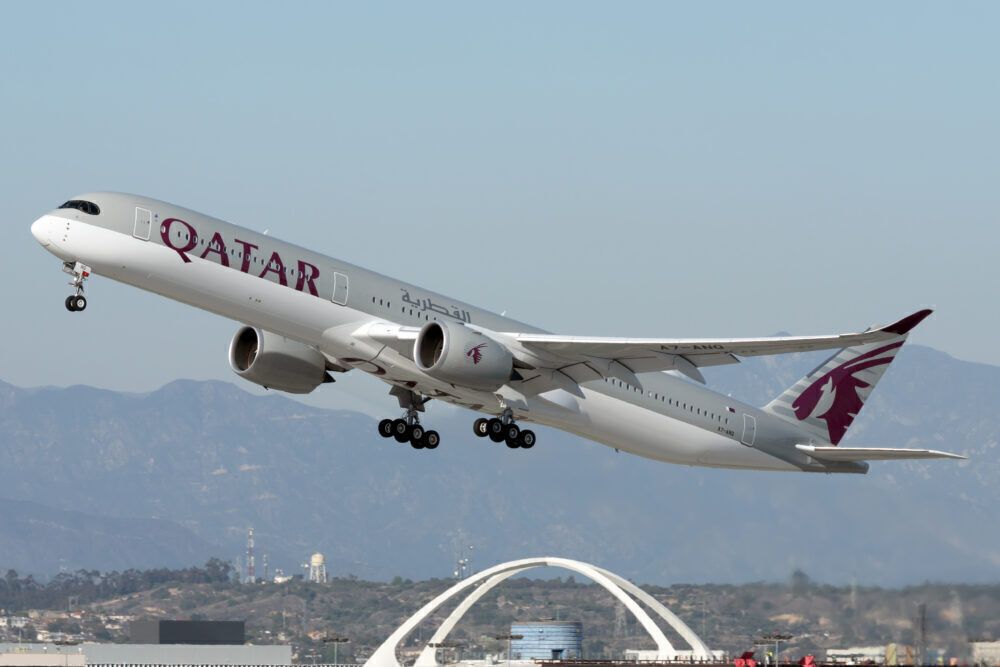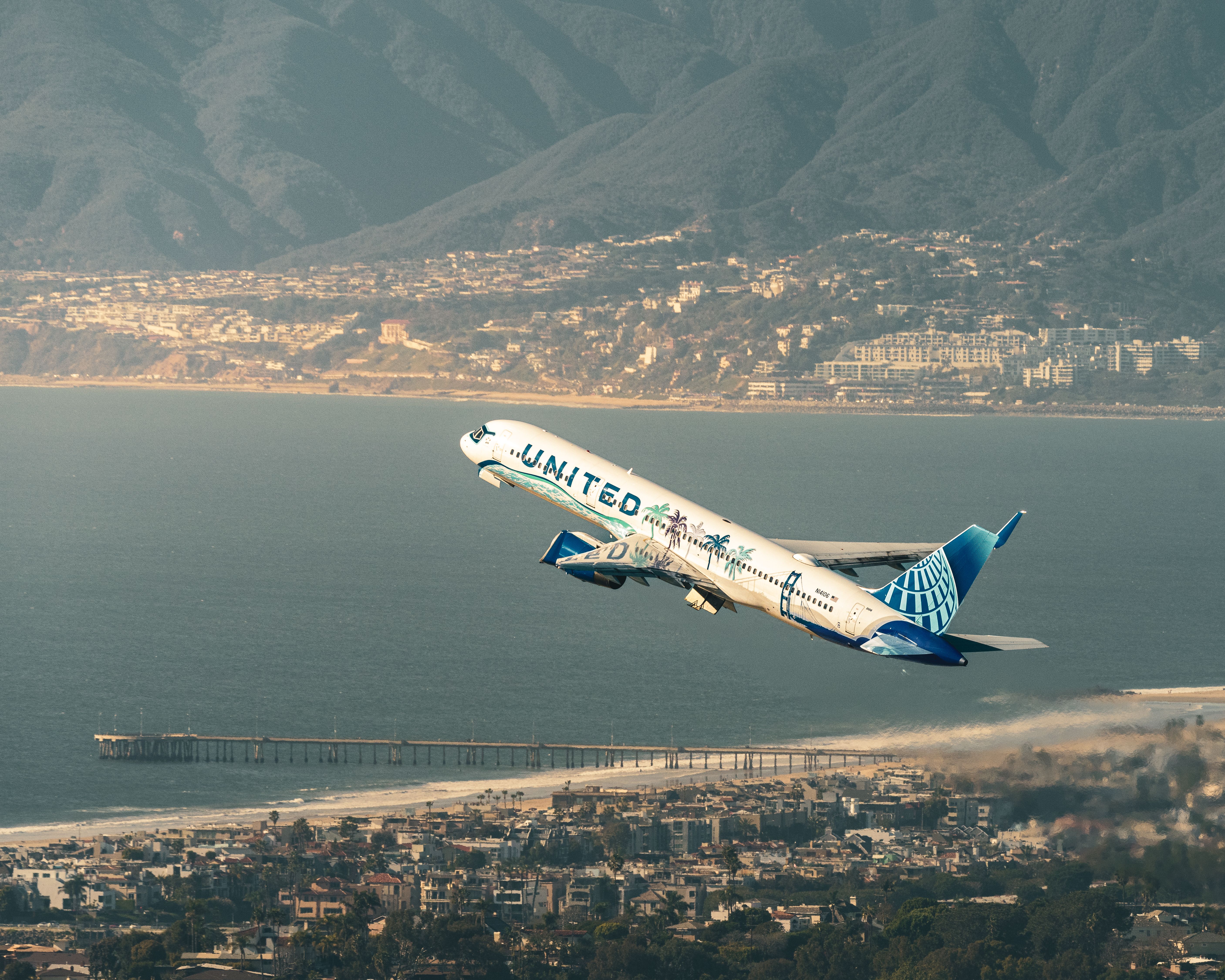Summary
- United Airlines flight UA28 returned to Singapore due to engine failure; no injuries were reported.
- NTSB to download data recorders and examine the affected engine to identify the root cause.
- Increased clear air turbulence affecting multiple airlines; carriers are now investing in new technology to combat turbulence risks.
Over a month after a United Airlines aircraft bound for San Fransisco had to return to Singapore due to suspected engine failure, the US National Transport Safety Board (NTSB) released its findings regarding the incident.
The incident details
The incident occurred on Tuesday, May 14th, 2024, involving United Airlines flight UA28, which was serving the route Singapore Changi Airport (SIN) to San Francisco International Airport (SFO). The aircraft involved was an eight-year-old Boeing 787-9 Dreamliner. The aircraft reportedly suffered an engine failure about 30 minutes into the flight, resulting in the flight crew declaring an emergency and returning to SIN without any further incident.
The preliminary report states that the flight crew heard a “Pop” and the aircraft “Shutter”, which was followed by the aircraft’s No.1 engine (left engine) fire warning going off. The crew secured the affected engine and returned to SIN, performing an uneventful single-engine landing. All 197 passengers and 14 crew members onboard remained safe, and no injuries were reported.
Photo: Markus Mainka | Shutterstock
Inspection of the No.1 engine after landing revealed damage to the nacelle, and a hole was found at the 10 o’clock position.
The report further states that the NTSB will download the data recorders at its headquarters in Washington, D.C., and that the aircraft’s left engine will be retained for a teardown examination to determine the root cause.
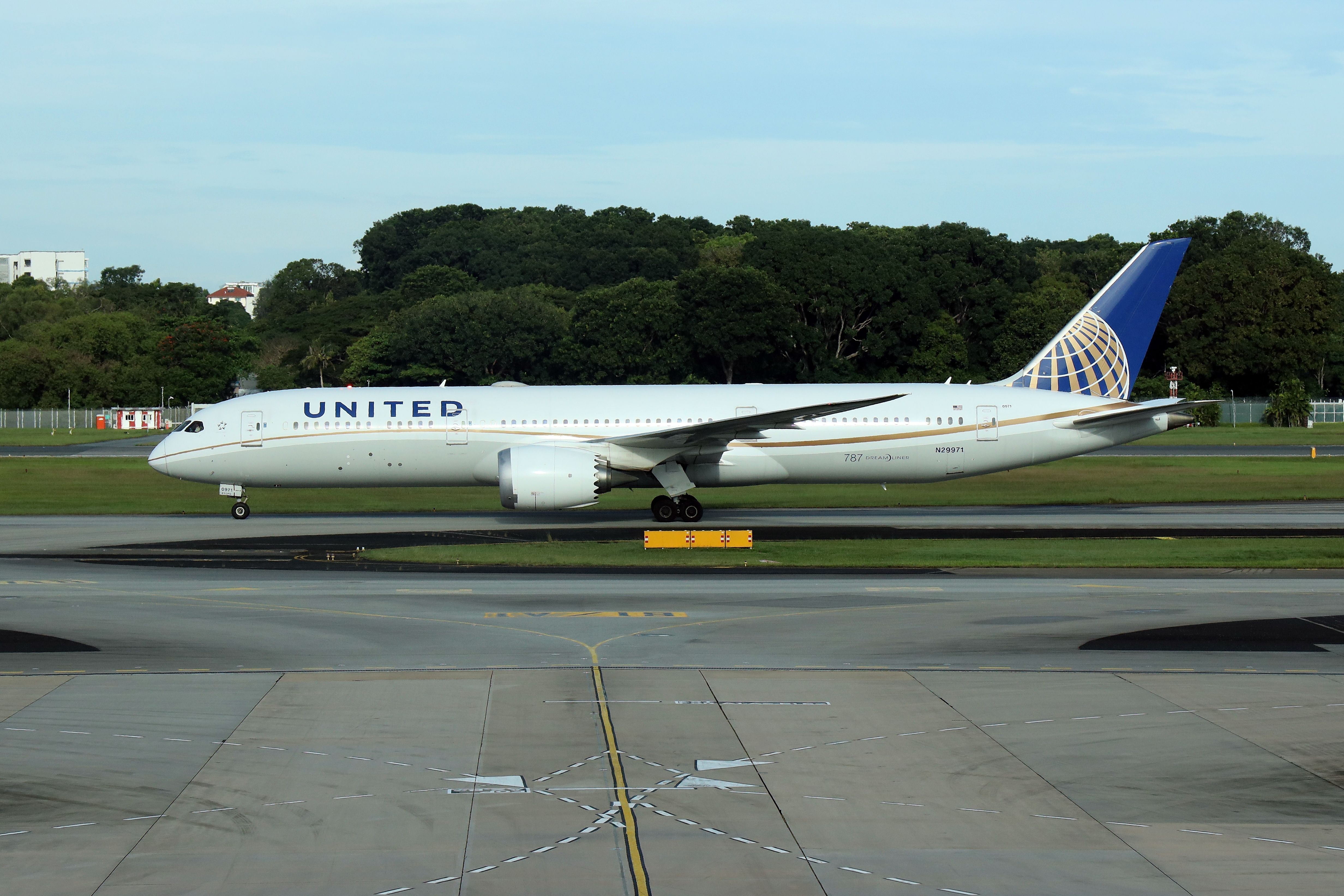
Related
United Airlines Boeing 787 Dreamliner Returns To Singapore After Engine Failure
The aircraft fortunately landed safely and remains on the ground.
Recent Dreamliner incidents
In recent months, United Airlines has suffered from a few incidents on its Boeing 787s. One was United Airlines flight UA801, wherein a Boeing 787-9 en route from Los Angeles to Hong Kong experienced an alert from the aircraft smoke detector, which resulted in the flight crew diverting the aircraft to San Francisco.
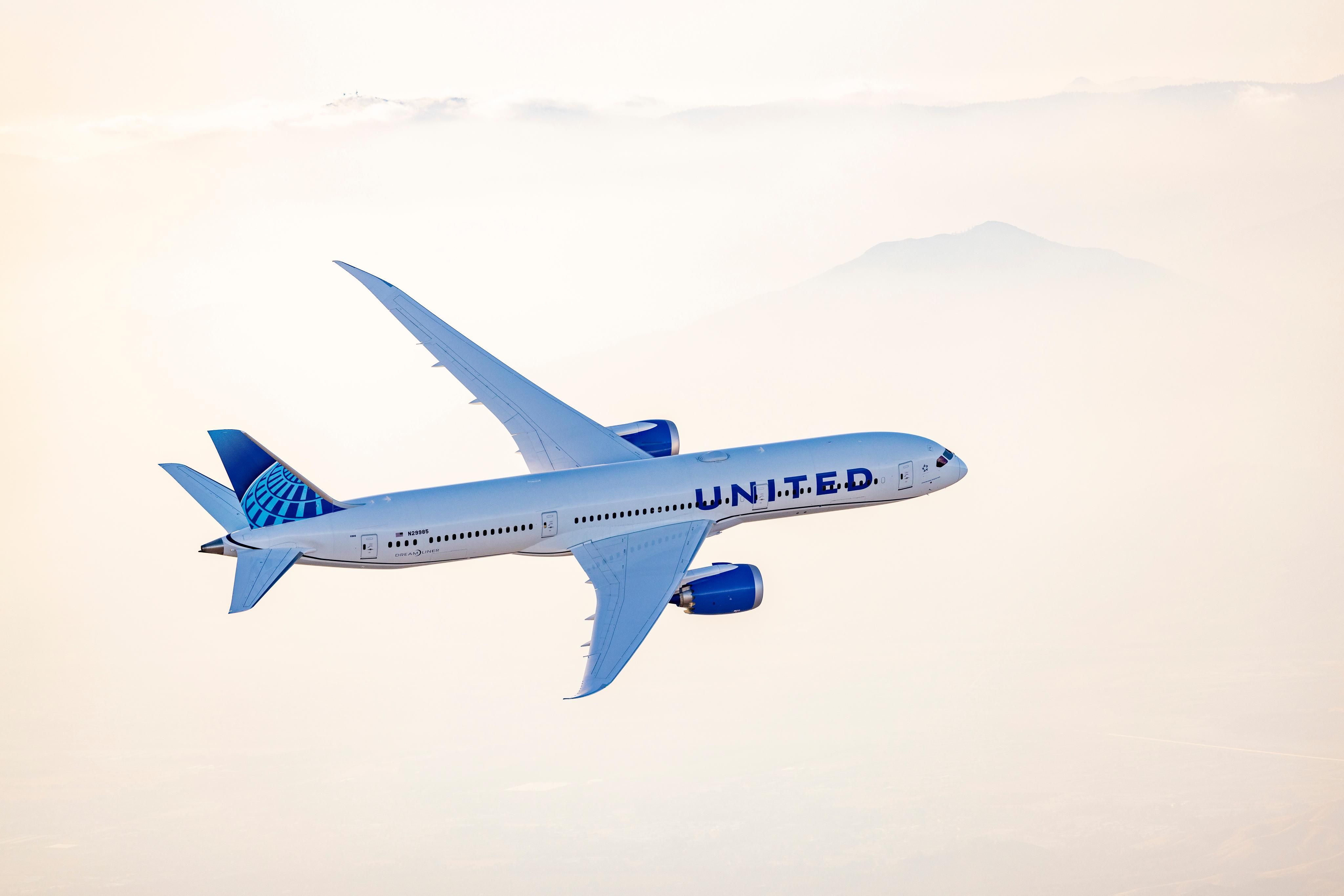
Related
United Airlines Boeing 787-9 Dreamliner Diverts To San Francisco After Smoke Indication Light Illuminated
Passengers arrived safely in San Francisco around 45 minutes after departure from Los Angeles.
Photo: Vincenzo Pace | Simple Flying
Another diversion incident involved one of the airline’s larger Boeing 787-10, wherein the aircraft experienced extreme turbulence while on approach to Newark, which caused the flight crew to abort the landing and divert the aircraft to New York Stewart Airport. In this unfortunate incident, over 20 passengers were injured.
A series of recent safety incidents at United Airlines has resulted in the US Federal Aviation Administration (FAA) increasing its oversight of airline operations, which has decreased the airline’s stock by over 4%. While these developments could negatively impact the airline’s future growth, it is worth noting that perhaps some of the recent incidents, such as the aforementioned turbulence-related incident, are beyond the airline’s control.
Turbulent time for aviation
Another factor affecting the airline industry as a whole in recent months is the increased reports of extreme clear air turbulence affecting multiple airlines, causing injuries and, in one unfortunate case, the death of a passenger.
Photo: Vincenzo Pace | Simple Flying.
Clear Air Turbulence (CAT) is the random movement of air masses, which, due to their lack of physical meteorological properties, remain unpredictable and do not show up in aircraft weather systems.
While the increased CAT activities are attributed to the change in climate worldwide and the increase in temperature causing air to become more unstable, carriers such as Emirates are working with partners and investing in new technology to ensure operational safety and combat the rise of turbulence.
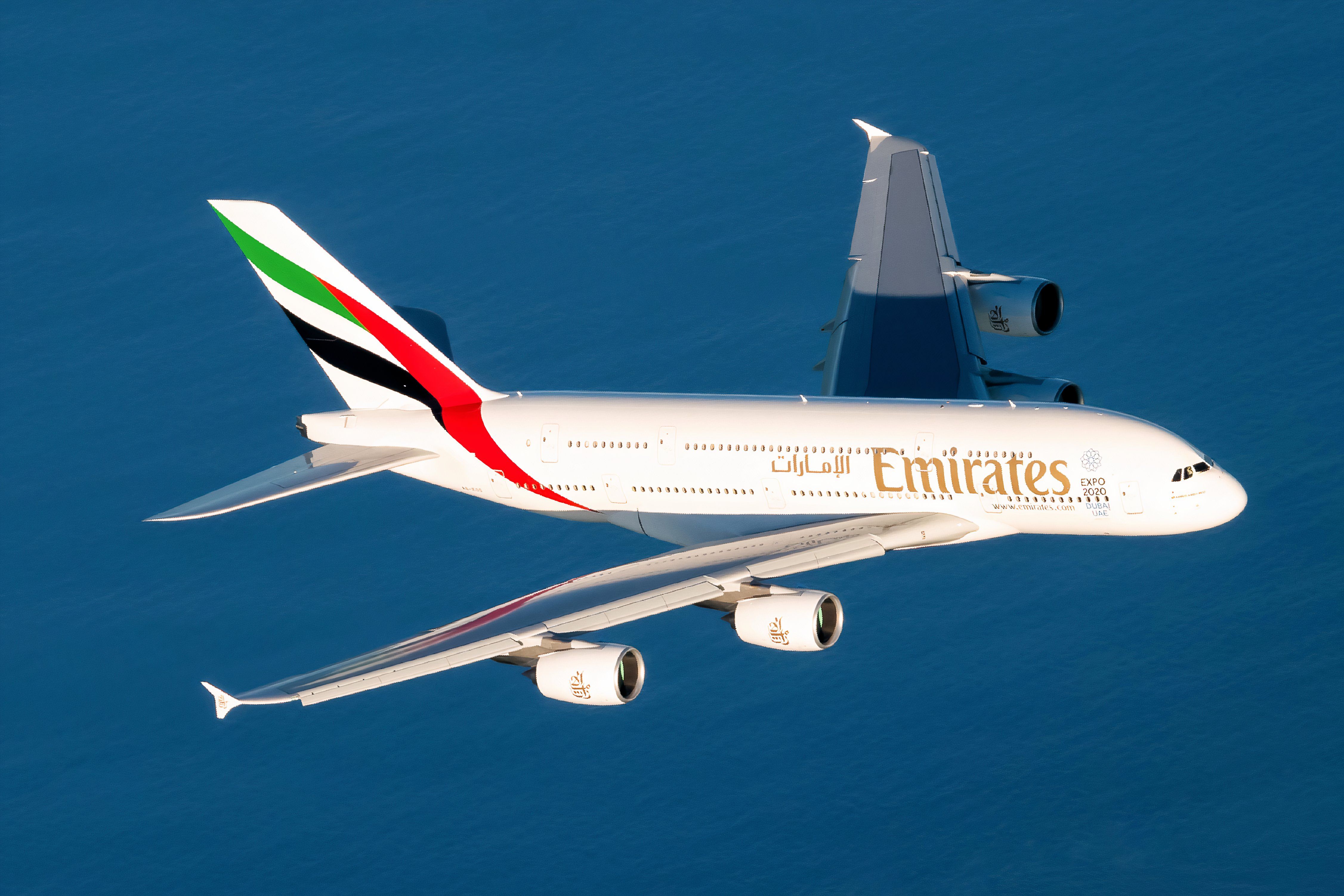
Related
Emirates 1st To Add IATA Turbulence Aware To Its Planes With Lufthansa Systems Lido MPilot
Turbulence remains a major safety concern.

